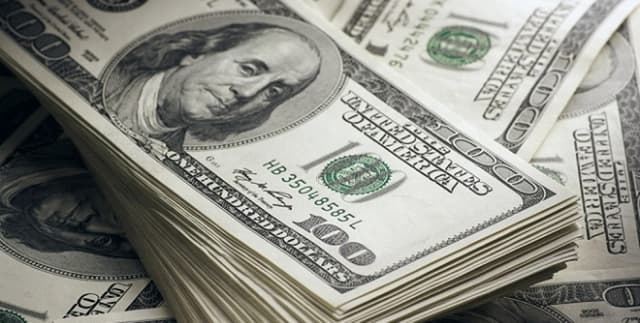Fake Bill Detection Data
Data Science and Analytics
Tags and Keywords
Trusted By




"No reviews yet"
Free
About
This dataset contains measurements of 1500 bills and is specifically designed to aid in the prediction of fake bills. It provides a valuable resource for authenticity detection through machine learning and statistical analysis. The primary goal is to differentiate between genuine and counterfeit banknotes based on their physical dimensions [1].
Columns
The dataset comprises seven distinct columns, each detailing a specific characteristic of the bills:
- is_genuine: A boolean field indicating whether the bill is genuine (True) or fake (False) [1, 2].
- diagonal: Represents the diagonal measurement of the bill, provided in millimetres (mm) [1, 2].
- height_left: Denotes the height of the left side of the bill, in millimetres (mm) [1, 3].
- height_right: Specifies the height of the right side of the bill, in millimetres (mm) [1, 3].
- margin_low: Indicates the measurement of the lower margin of the bill, in millimetres (mm) [1, 4].
- margin_upper: Refers to the measurement of the upper margin of the bill, in millimetres (mm) [1, 4].
- length: The total length of the bill, in millimetres (mm) [1, 4].
Distribution
The dataset is provided in a tabular format, typically a CSV file (e.g.,
fake_bills.csv) [2, 5]. It consists of 1500 rows (records) and 7 columns (features) [1, 2]. The file size is approximately 65.53 kB [2].Usage
This dataset is ideal for various analytical and machine learning projects, including:
- Predicting missing values within the dataset using techniques such as linear regression or K-Nearest Neighbours (KNN) imputation [1].
- Comparing classification models (e.g., logistic regression, KNN) with unsupervised models (e.g., K-Means) to predict bill authenticity [1].
- Applying Principal Component Analysis (PCA) or Kernel Transformations to enhance separation between genuine and fake bill data points [2].
- Developing and evaluating models for fraud detection or quality control in currency handling [1].
Coverage
The dataset focuses purely on the physical measurements of bills [1]. No explicit geographic origin, specific time range, or demographic information regarding the bills or their source is provided within the available details.
License
CC0: Public Domain
Who Can Use It
This dataset is particularly suitable for:
- Beginner data scientists and machine learning enthusiasts looking for a straightforward tabular dataset to practice fundamental concepts [2].
- Students and researchers exploring classification, regression, and unsupervised learning algorithms [1].
- Anyone interested in predictive modelling for authenticity verification or anomaly detection [1].
- Practitioners seeking to apply dimensionality reduction techniques like PCA [2].
Dataset Name Suggestions
- Bill Authenticity Measurements
- Fake Bill Detection Data
- Currency Forgery Fingerprints
- Banknote Authenticity Classification
Attributes
Original Data Source: Fake Bill Detection Data
Loading...
Free
Download Dataset in CSV Format
Recommended Datasets
Loading recommendations...
